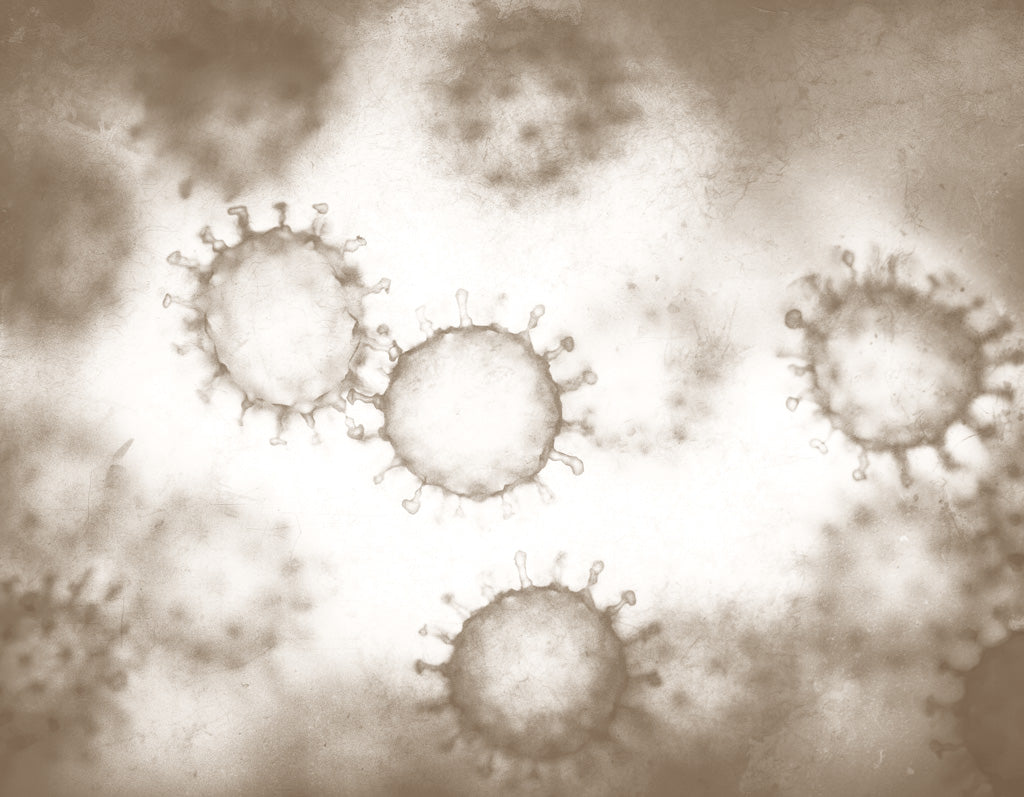The ongoing global battle against Respiratory Syncytial Virus (RSV) demands insight and understanding. These microscopic pathogens, causing a range of illnesses from the common cold to severe respiratory infections, continue to impact global health significantly. Let's dive into the scientific intricacies of these viruses, their transmission, symptoms, and preventive measures.
RSV (Respiratory Syncytial Virus) is a highly contagious respiratory virus, that typically causes cold-like symptoms. Symptoms vary, ranging from mild congestion, sore throat, and cough to severe respiratory distress. Children are often exposed to it at an early age, developing some immunity that can reduce the severity of future cases. However, RSV in infants, older adults or individuals with underlying health problems like heart or lung issues, can lead to severe infections such as bronchiolitis and pneumonia.
While healthy adults and infants with RSV usually don't need hospitalization, older adults and infants younger than 6 months might require hospital care if experiencing breathing difficulties or dehydration. In severe situations, hospitalization might involve oxygen support, IV fluids, or assisted breathing through intubation for a few days.
Caused by the influenza virus, typically follows a seasonal cycle in temperate regions from fall through spring. Symptoms often include high fevers, coughing, body aches, and various respiratory issues.
Usually caused by the rhinovirus, resulting in milder symptoms such as a runny nose and a slight cough. Generally, colds allow individuals to function, while the flu can be more debilitating.
Syncytial Virus)
Affects the respiratory system, including the nose, throat, and lungs. For most people, RSV manifests like a common cold with symptoms such as coughing, a runny nose, and occasional fever. However, in certain cases, particularly among infants or older individuals with heart or lung conditions, it can lead to pneumonia or bronchiolitis, posing serious risks.
Caused by severe acute respiratory syndrome coronavirus 2 (SARS-CoV-2), presents with symptoms like fevers, cough, runny nose, body aches, aand loss of taste and smell. While children generally have milder symptoms, caution is still advised for families due to the virus's severity in adults.
VIRUS
Less contagious
Tend to spread it during the initial 2 to 3 days of being infected.
2 to 3 days
Cough, Low-grade fever, Sneezing, Sore throat, Stuffy nose
Contagious
Viral shedding begins approximately 24 hours before symptoms emerge and reaches its highest point around day 3 of the illness.
1 to 4 days
Body aches, Chills, Cough, Fatigue, Fever, Headache, Sore throat, Stuffy nose
Very contagious
Generally, symptoms may persist for about 7 to 10 days, but in some cases, children and older adults may have a cough that lasts for up to six weeks before clearing up.
4 to 6 days
Cough, Runny nose, Sneezing, Fever, Wheezing
More contagious
The process of shedding the virus starts approximately 2 to 3 days before symptoms begin and reaches its peak around the third day of the illness. It's also important to note that viral shedding can happen even if symptoms never surface.
2 to 14 days
Body aches, Chills, Cough, Diarrhea, Fatigue, Fever, Headache, Loss of smell/taste, Nausea/vomiting, Shortness of breath, Stuffy/runny nose
SYMPTOMS
It's crucial to monitor for serious symptoms like worsening cough, difficulty breathing, or changes in skin color and seek immediate medical attention if noticed.
For healthy adults with mild symptoms, the treatment for a cold and RSV is similar. Resting, staying hydrated, and using over-the-counter medications if necessary are recommended. Additionally, it's important to take preventive measures such as frequent handwashing, sanitizing shared surfaces, and covering your mouth and nose when sneezing or coughing, to protect others from both a cold and RSV.
MECHANISM
Respiratory Syncytial Virus (RSV) contains genetic material surrounded by specific sequences and various proteins, including nucleoprotein (N), phosphoprotein (P), matrix (M), attachment (G), and more. When RSV infects a cell, it uses proteins like G and F to enter the cell, releasing its RNA to create new proteins and replicate, forming new virus particles. The virus then spreads between cells by causing fusion, leading to larger groups of infected cells known as syncytia and resulting in respiratory symptoms. This process involves interactions with the host's immune system and cellular processes, leading to the characteristic signs of the infection. [1]
RSV AND ITS CONNECTION TO OXIDATIVE STRESS(ROS)
In RSV infections, there's an imbalance between the production of reactive oxygen species (ROS) and the body's defenses against them, causing oxidative stress. This stress plays a crucial role in the lung inflammatory disease associated with RSV, indicated by increased markers of oxidative injury in children with severe RSV illness. Some studies suggest that addressing ROS production and oxidative stress can be a promising strategy to reduce RSV-induced lung inflammation and its lasting effects. [2]
RSV
-
Regular handwashing
-
Wearing masks
-
Cleaning surfaces commonly touched
-
Maintaining a healthy lifestyle: adequate sleep, balanced nutrition, and regular exercise
-
Consult your doctor or healthcare professional if you think vaccination is necessary
"Prevention is the Best Medicine"
BOOST IMMUNITY AND REDUCE OXIDATIVE STRESS
Marah Naturals' SAC® presents a unique formulation tailored to bolster mitochondria cell recovery. SAC® actively combats harmful free radicals, lessening oxidative damage within cells. Its high bioavailability ensures an ionic delivery of exceptionally pure minerals like calcium, selenium, magnesium, and zinc. Remarkably, SAC® enables efficient nutrient absorption independently, avoiding reliance on specific cofactors. Through its specialized ionic calcium delivery system, SAC® fortifies the immune system, fostering a resilient defense against viruses and illnesses.
Children are more vulnerable to respiratory illnesses during cold & flu season. Help naturally boost your child’s immunity with Kids-Cel. Kids-Cel is preservative-free, sugar-free and gluten-free and is made with natural ingredients. Best part? It has no bad taste or odors.
Holiday gatherings, cooler weather and hectic schedules can lead to more exposure to stress and viruses. Boost your immunity by arming your cells with our powerful antioxidative SAC® formula.
Looking for more ways to improve your family’s wellness and immunity this season? Your search is over with the Family Wellness Bundle which includes products for everyone.
REFERENCES






